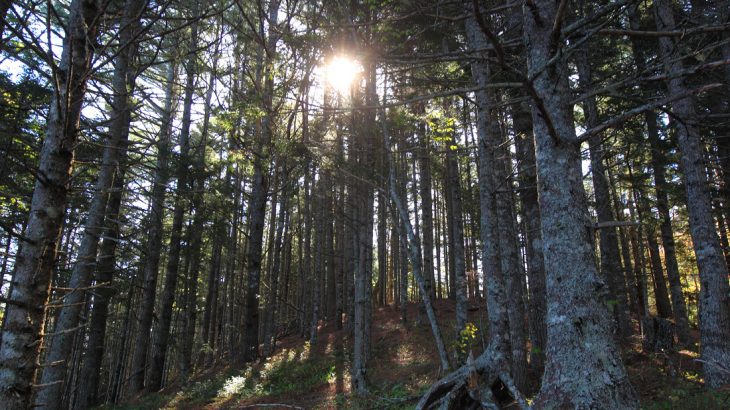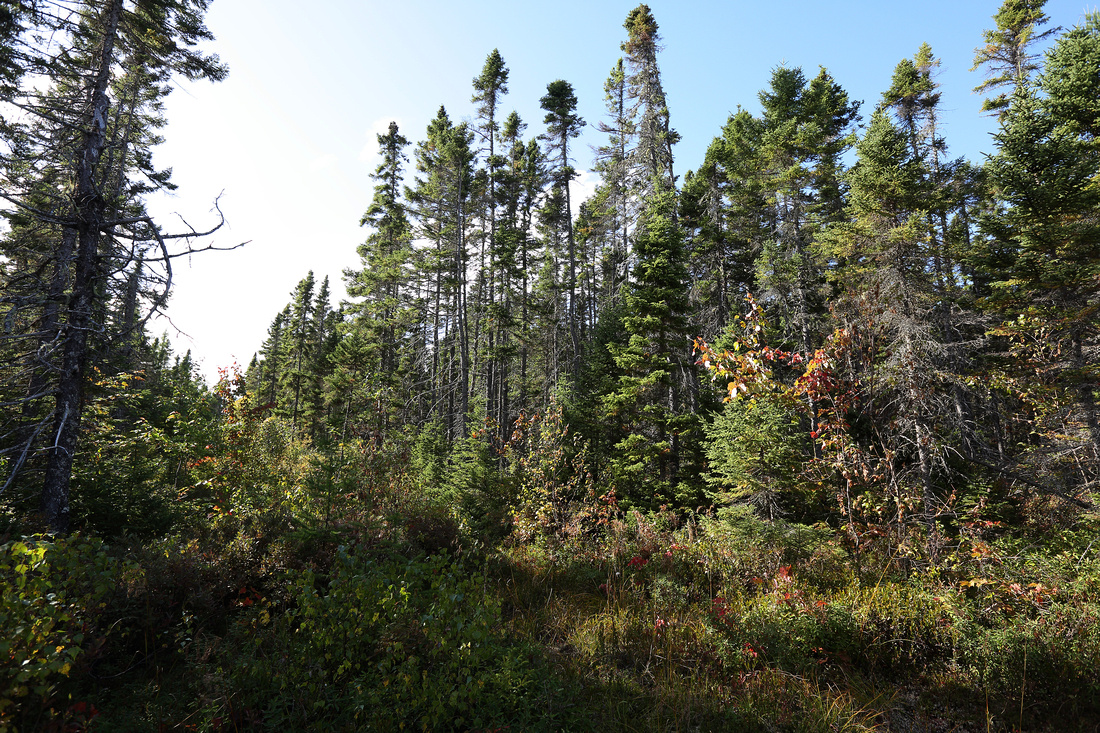By Jamie Miller, guest contributor from the Nature Conservancy of Canada
There’s a new breed of problem emerging, and these problems are making a lot of people uncomfortable.
Aptly named “wicked problems” because of their complex and high uncertainty, they’re defined by having multiple contradicting values, high uncertainty, high stakes and require urgent decision-making. They’re wicked because there is no precedent for how to solve them.
An example of a wicked problem is climate change. Other examples include our deteriorating urban infrastructure or our depleting energy resource availability, economic uncertainty, rapidly declining ecosystems and the increasing battle between engineered and natural environments. You can see in each of these that the problems are complex and don’t have a silver bullet response. They require huge system shifts, and there’s no clear path for how to intelligently move forward.
The good news is that there are secrets to survival, and answers to this problem, all around us. For 3.8 billion years, nature has been designing and refining solutions for solving universal problems for how to thrive on this planet: energy harvesting, circular economies, packaging, transportation, structural engineering and farming. A sustainable world already exists, through biomimicry.
By definition, biomimicry is innovation that’s inspired by nature. The most famous example is Velcro. Velcro was inspired by the hooking mechanisms of burdock burr, and is an example of copying nature’s forms. However, the study of biomimicry is about much more than emulating forms found in nature; it’s about understanding the deeper principles for how nature behaves, processes and interacts.
Deteriorating infrastructure, for example, is a wicked problem that many Canadian cities face. Much of our water systems are buried and have grown extensively in an effort to keep up with rising urban populations. Unlike natural systems, these components require human intervention for maintenance and evolution, which means they will naturally tend to deteriorate and become outdated. In a forest, the mycelium network that connects multiple trees serves a very similar function as our water pipes. Nutrients and water flow in an intricate network throughout the forest, connecting old trees to new ones, and even between competing species. However, these systems are not linear; they adapt to their environment, are hyper-efficient at transporting contents and require no electrical pumps or machines.
Now this sort of thinking might be a good idea for a new development – i.e., non-linear, decentralized piping like a forest – but it’s not a solution to the current circumstances. Today, most cities are rooted in a particular way of doing things. We cannot just rip out the existing assets that service our basic needs and start over. So how could a forest teach us about evolution of a complex system?
A forest can transform through two ways: either a forest fire or an invasive pest can rapidly destroy it to allow for regrowth and reorganization. Or, the system can shift, rapidly, at small scales and throughout the entire system. Nature is constantly reading its environment to adapt its technology to be the best suited for those conditions. What if we paired top researchers with municipal governments to isolate very small sections of city infrastructure, to explore new ideas that might be more attuned to their conditions? For example, create a small-scale waste-water treatment system for a cluster of restaurants, which would have very different effluent than a patch of residential homes?
Nature is diverse and decentralized, because after billions of years of evolution and testing, it has arrived at the most effective way to do things. And this is just one example of how we can use biomimicry to transform our lens of design and create something that is efficient, sustainable and beautiful.
–30–
This article was first published on Land Lines, the blog of the Nature Conservancy of Canada.
Jamie Miller is the founder of Biomimicry Frontiers and the Biomimicry Commons. Frontiers is a consultancy that applies biomimicry thinking, principles and technologies into the built environment. It’s an evolution of Jamie’s PhD research in engineering, which focused on a systems-level application of biomimicry to improve urban infrastructure resilience. The Commons is Canada’s biomimicry innovation hub. It links entrepreneurs with leading academic and industry partners to create jobs inspired by nature.
In all he does, Jamie focuses on transforming our lens of design and co-creating systems in harmony with nature.





